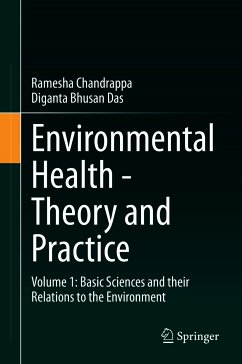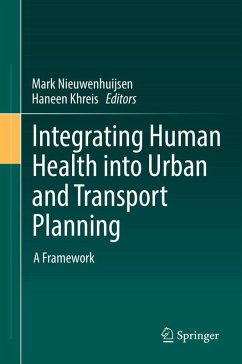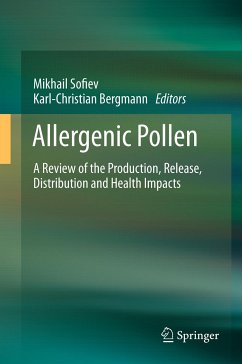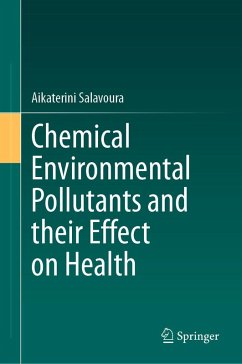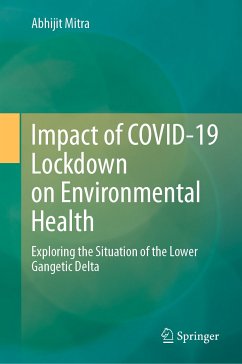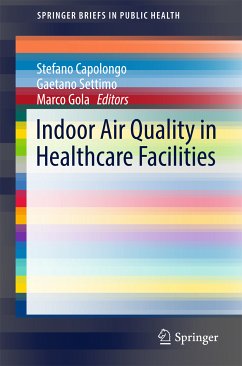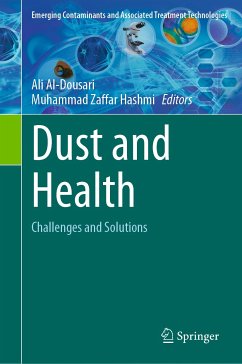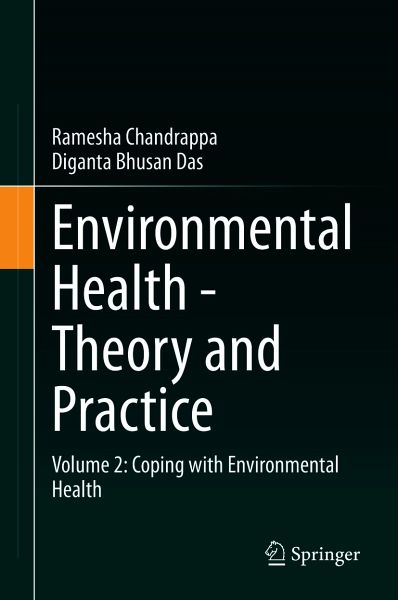
Environmental Health - Theory and Practice (eBook, PDF)
Volume 2: Coping with Environmental Health
Versandkostenfrei!
Sofort per Download lieferbar
104,95 €
inkl. MwSt.
Weitere Ausgaben:

PAYBACK Punkte
52 °P sammeln!
This two-volume work discusses environmental health, the branch of public health concerned with all aspects of the natural and built environment affecting human health, and addresses key issues at the global and local scales. The work offers an overview of the methodologies and paradigms that define this burgeoning field, ranging from ecology to epidemiology, and from pollution to environmental psychology, and addresses a wide variety of global concerns including air quality, water and sanitation, food security, chemical/physical hazards, occupational health, disease control, and injuries. The...
This two-volume work discusses environmental health, the branch of public health concerned with all aspects of the natural and built environment affecting human health, and addresses key issues at the global and local scales. The work offers an overview of the methodologies and paradigms that define this burgeoning field, ranging from ecology to epidemiology, and from pollution to environmental psychology, and addresses a wide variety of global concerns including air quality, water and sanitation, food security, chemical/physical hazards, occupational health, disease control, and injuries. The authors intend to provide up-to-date information for environmental health professionals, and to provide a reference for students and consultants working at the interface between health and environmental sectors.
Volume 2 covers the technological, legislative, and logistical solutions for coping with environmental health issues. The principles of environmental legislation are explained in national and international contexts, and assessments are mapped out to craft informed governance plans for health and environmental management. Mitigation measures are introduced to control wastewater and solid waste management and air and noise pollution, and adaptation strategies for emergency preparedness and disaster recovery are discussed.
Volume 2 covers the technological, legislative, and logistical solutions for coping with environmental health issues. The principles of environmental legislation are explained in national and international contexts, and assessments are mapped out to craft informed governance plans for health and environmental management. Mitigation measures are introduced to control wastewater and solid waste management and air and noise pollution, and adaptation strategies for emergency preparedness and disaster recovery are discussed.
Dieser Download kann aus rechtlichen Gründen nur mit Rechnungsadresse in A, B, BG, CY, CZ, D, DK, EW, E, FIN, F, GR, HR, H, IRL, I, LT, L, LR, M, NL, PL, P, R, S, SLO, SK ausgeliefert werden.



